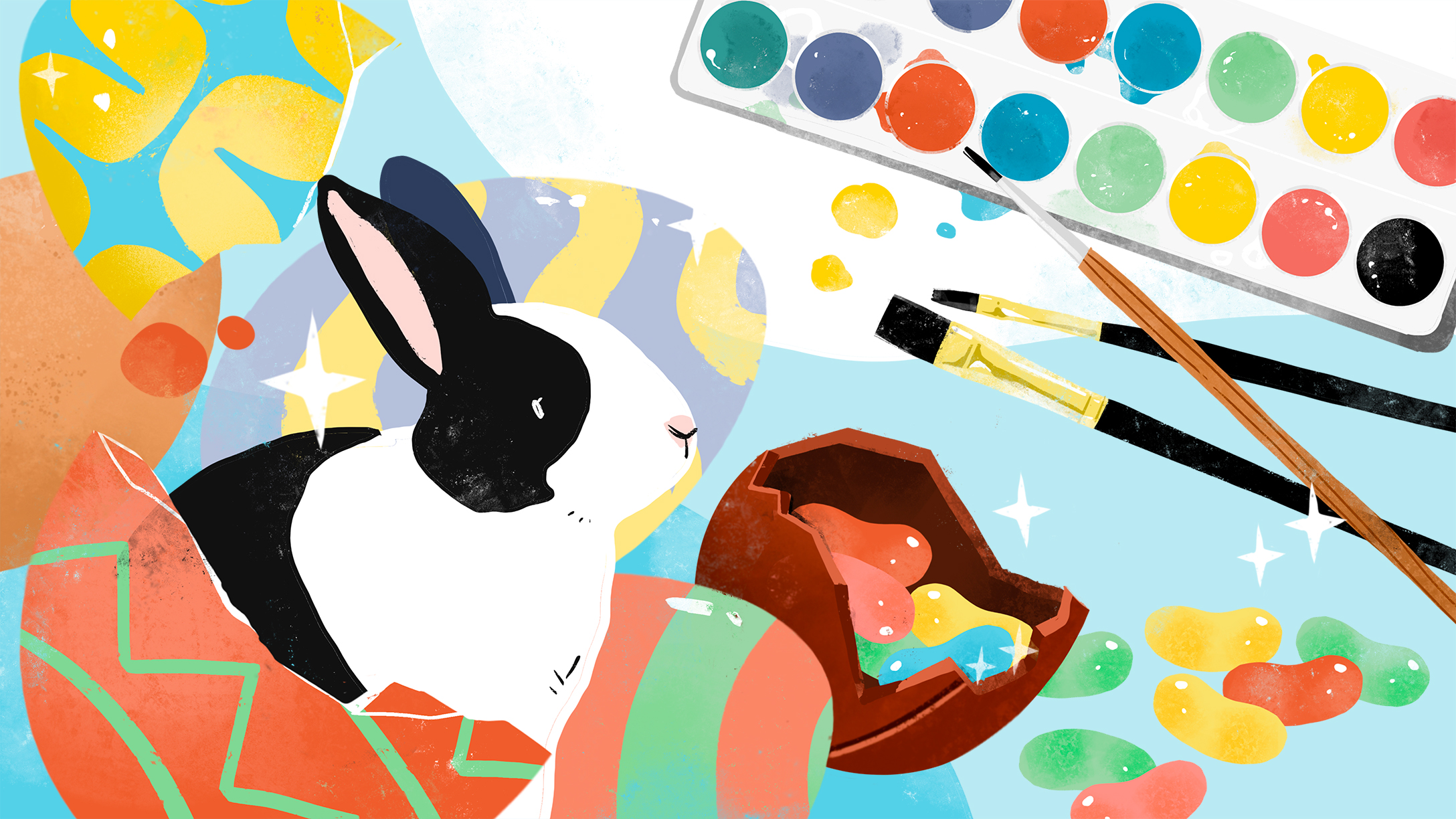
Easter is the most anticipated holiday of the year for many Christians, since it acknowledges the resurrection of Christ and also marks the end of Lent.
Devoted Christians fast for 40 days leading up to Easter by giving up certain foods as well as something pleasurable, such as alcohol or coffee. Orthodox Christians, for example, are expected to give up meat, dairy products, and eggs.
Yet the spring holiday has become much more than just a day to celebrate Christianity. Like stockings on Christmas, Easter includes many nonreligious traditions that are unique to the holiday.
With the inclusion of certain elements, like the beloved bunny, colorful eggs, and those baskets filled with treats, the History Channel also deems Easter a secular holiday.
But where did all these popular Easter symbols derive from?
View the gallery below to get answers to the customs many probably just grew up following blindly, and please SHARE with all the Easter lovers you know!
Easter is arguably the most important Christian holiday with celebrations dating all the way back to the 2nd century.
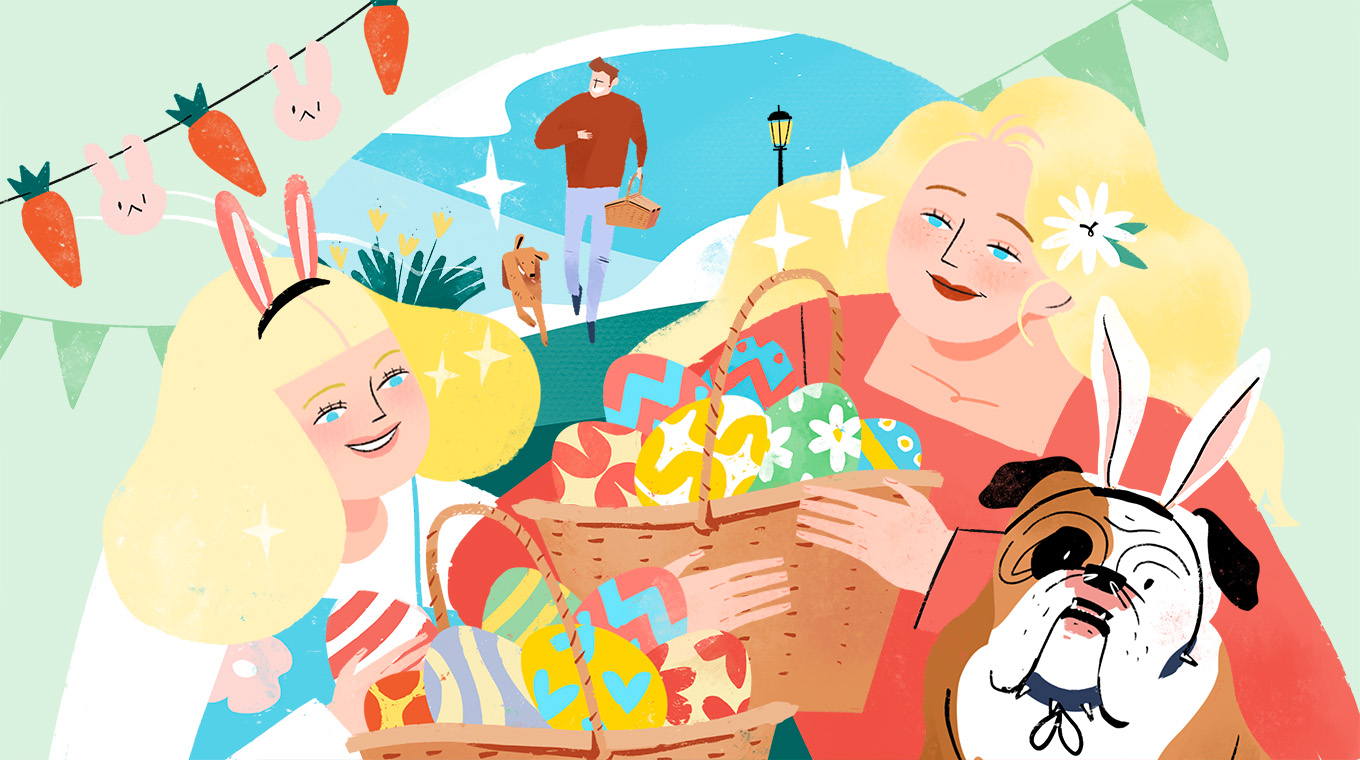
Some say its roots go further back to a pagan festival for the "Anglo-Saxon goddess of spring and fertility," named Eostre, whose spouse was a hare. Was that where the Easter symbol came from?
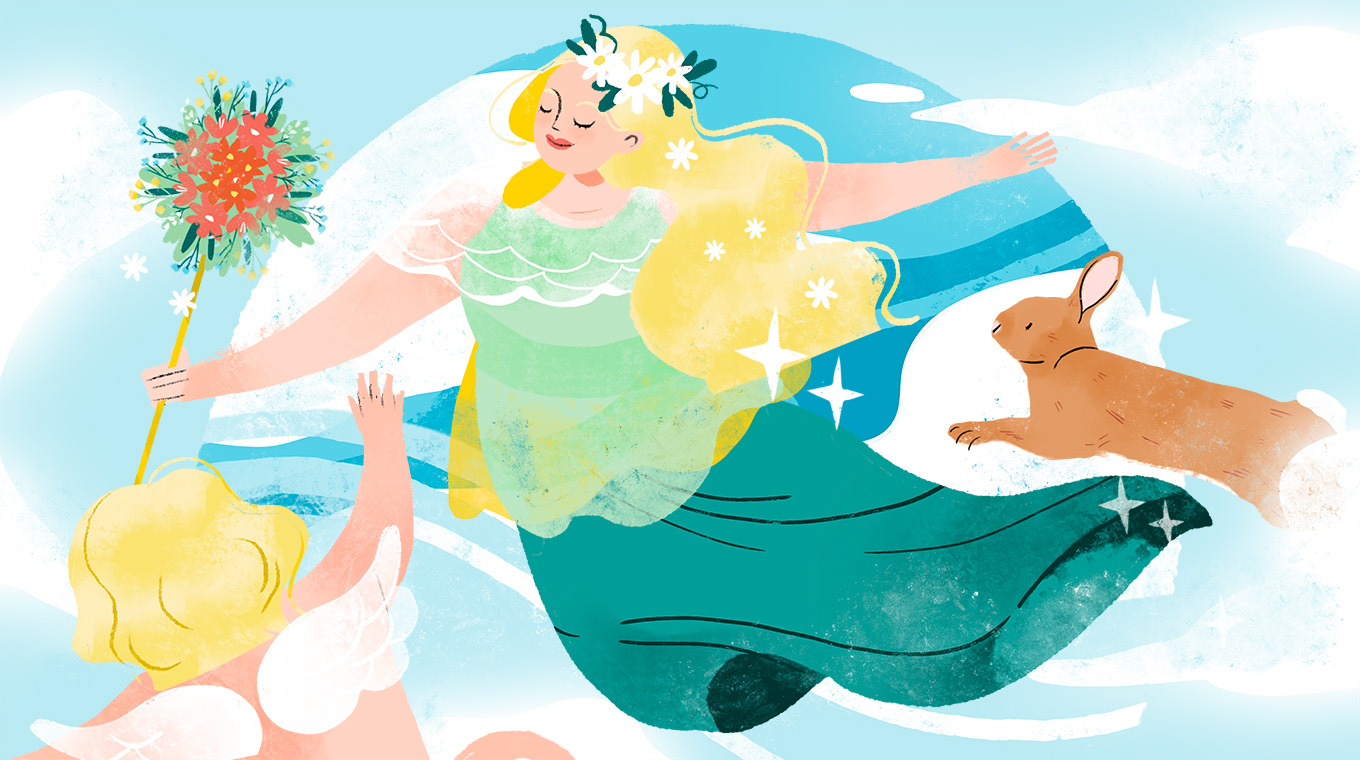
Probably not. Instead, the rabbit has long been a symbol of "fertility and new life," which of course correlate with spring and Easter.
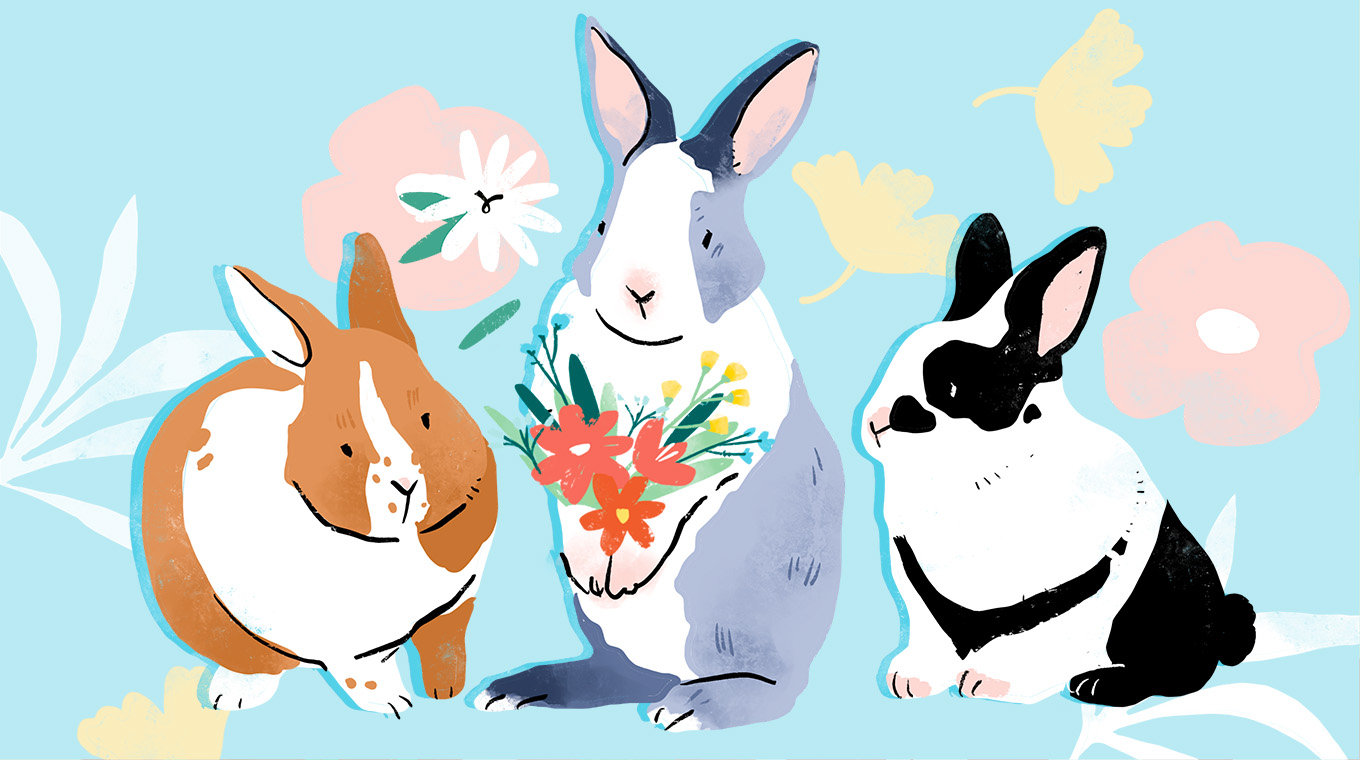
So, the Easter and rabbit connection is believed to have really started in Protestant Europe in the 1600s.

The Germans are said to have brought it over to America a century later.
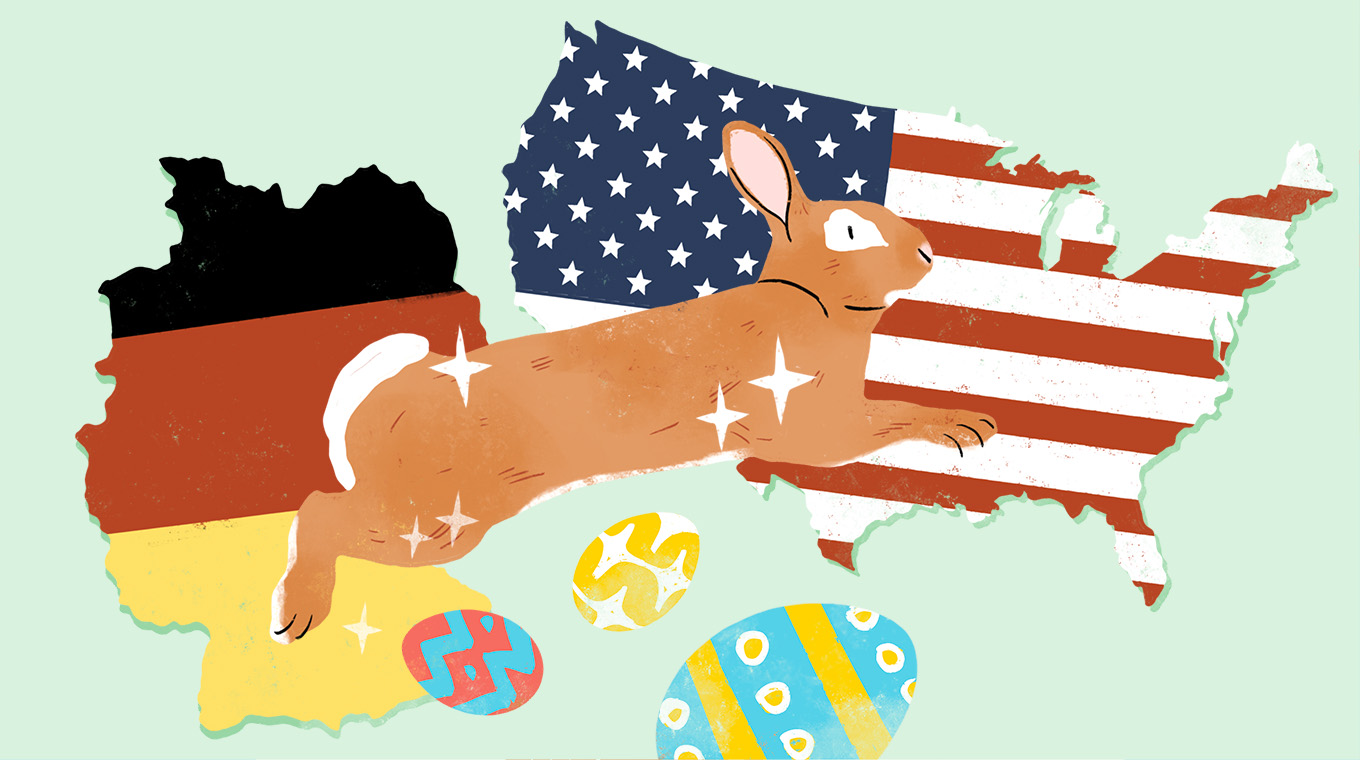
Sorry, bunny lovers — but in other countries these animals aren't even an Easter symbol. In Switzerland, a cuckoo brings the eggs.
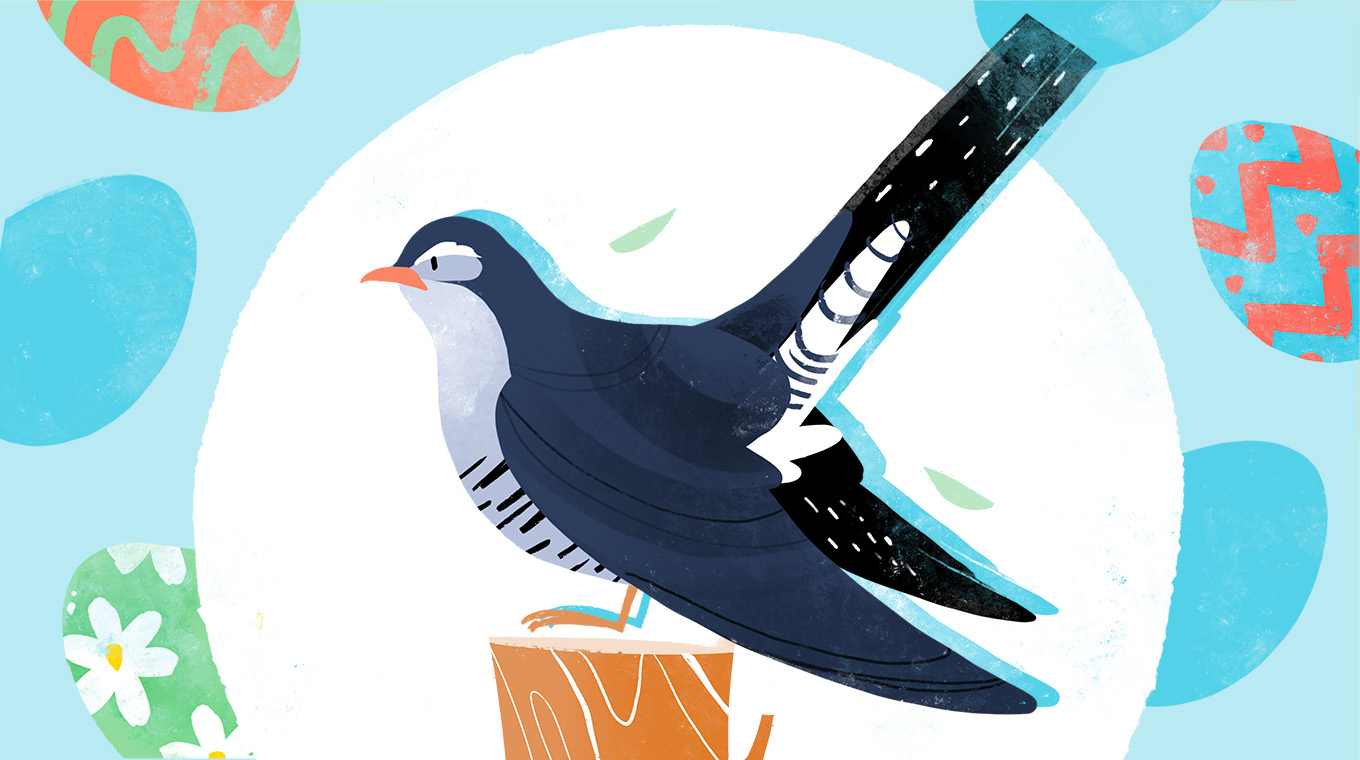
For some Germans, it's the fox.
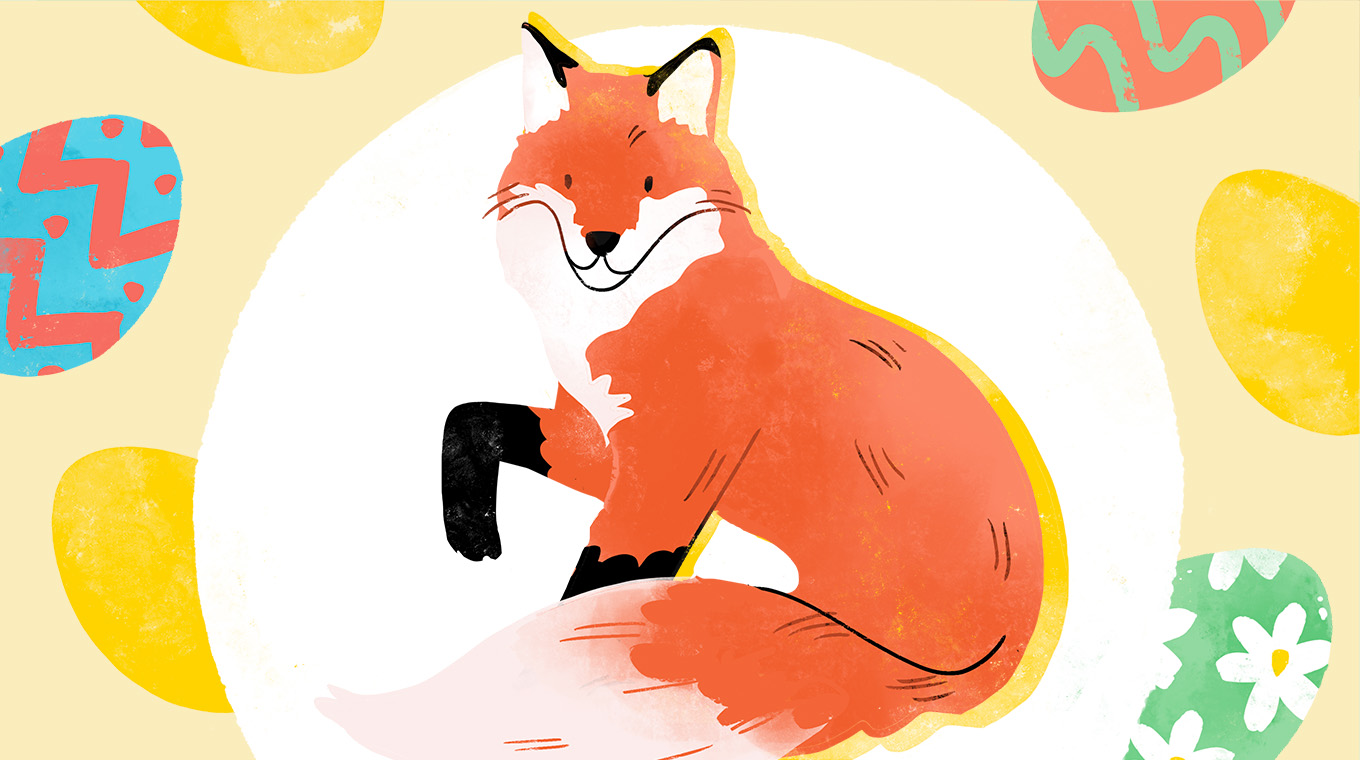
And for other Germans it's a rooster, chick, or stork.
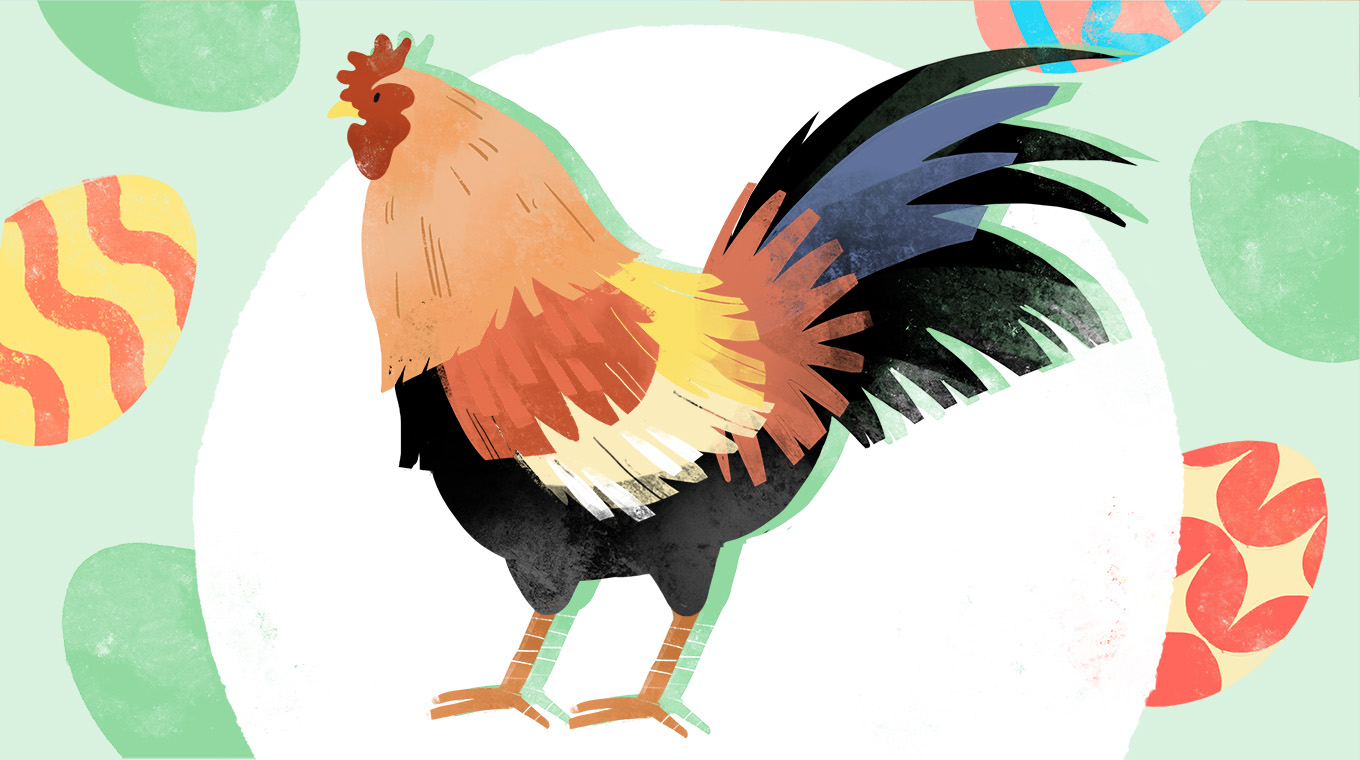
As for the eggs, they're believed to be special on Easter simply because the church banned them (among other food) during Lent.
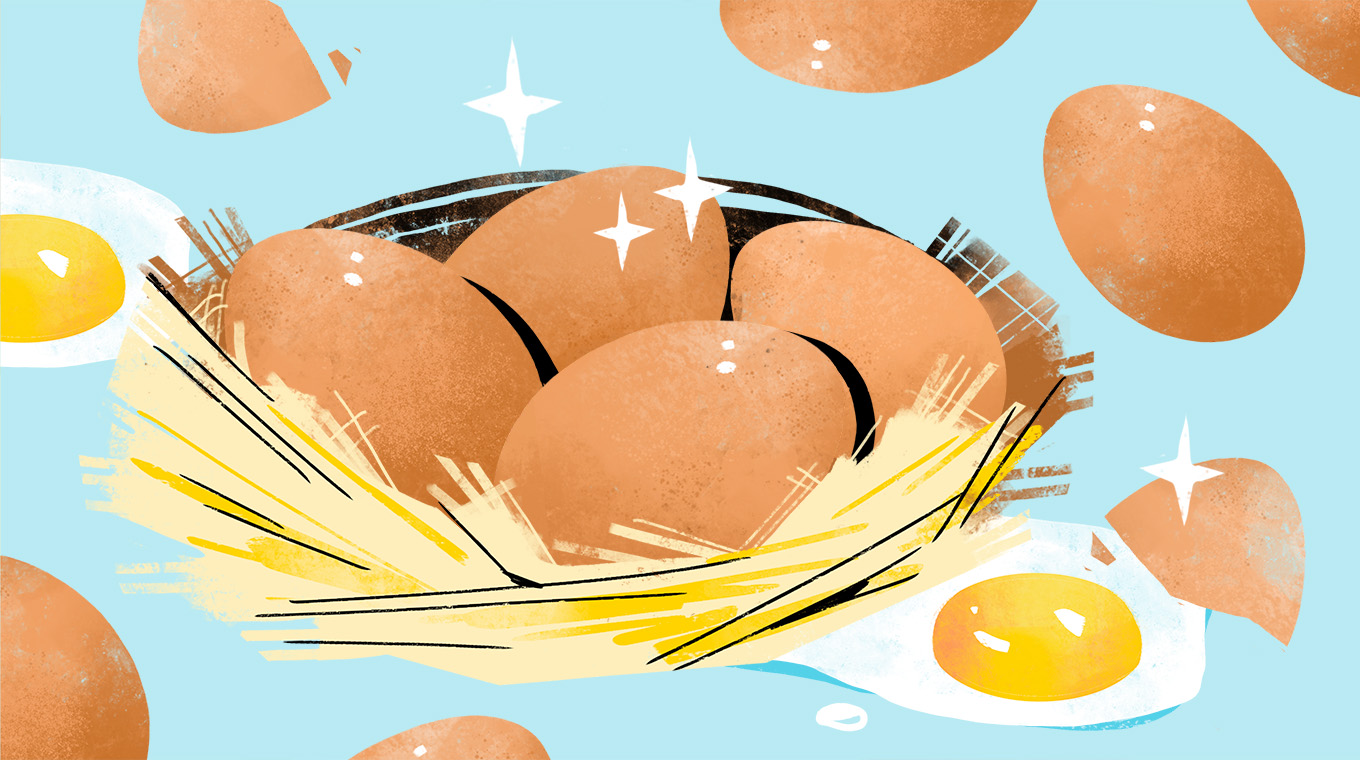
The painting of them started in the late 1800s in Russia when royalty started giving each other eggs with jewels on them. The idea was started by jeweler Peter Carl Fabergé.
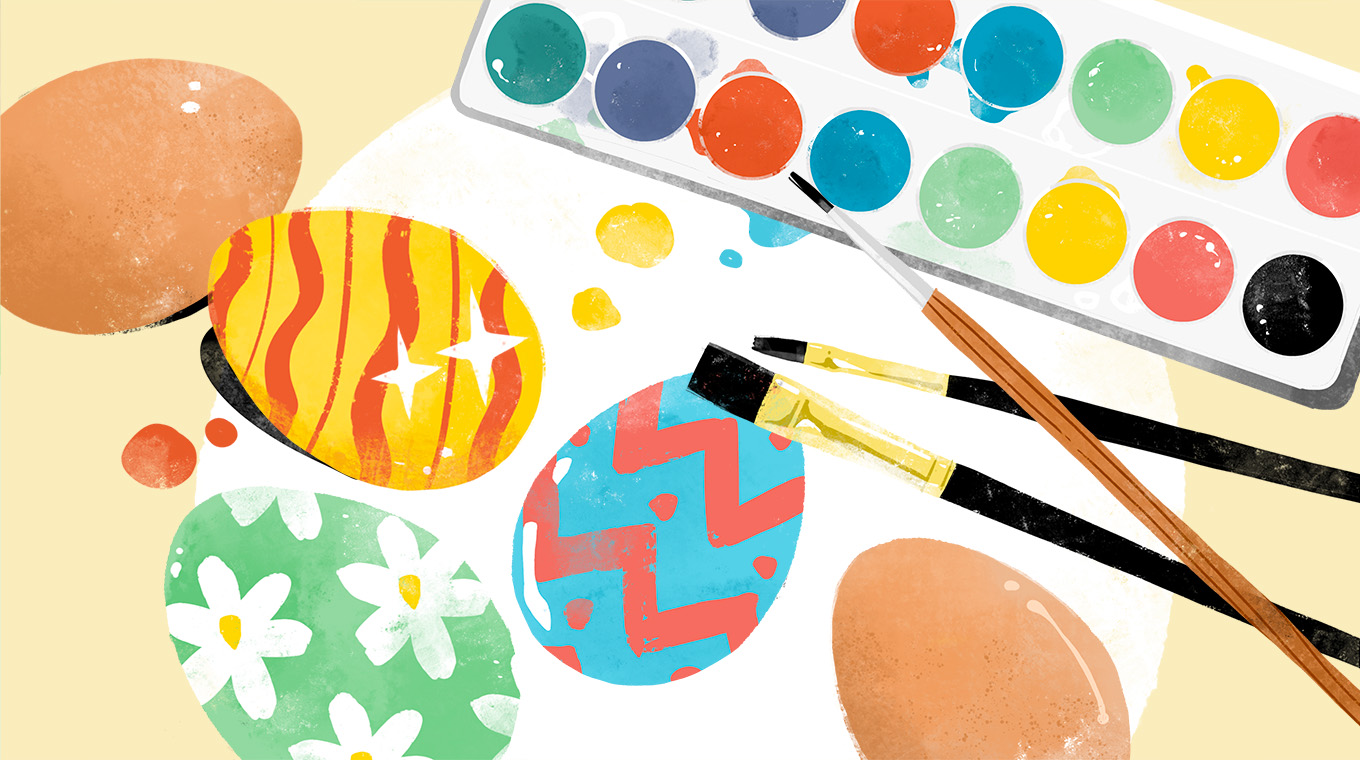
Candy is also a big deal on Easter with 16 billion jellybeans made each year. These became a tradition in the 1930s because merchants said they resemble eggs.
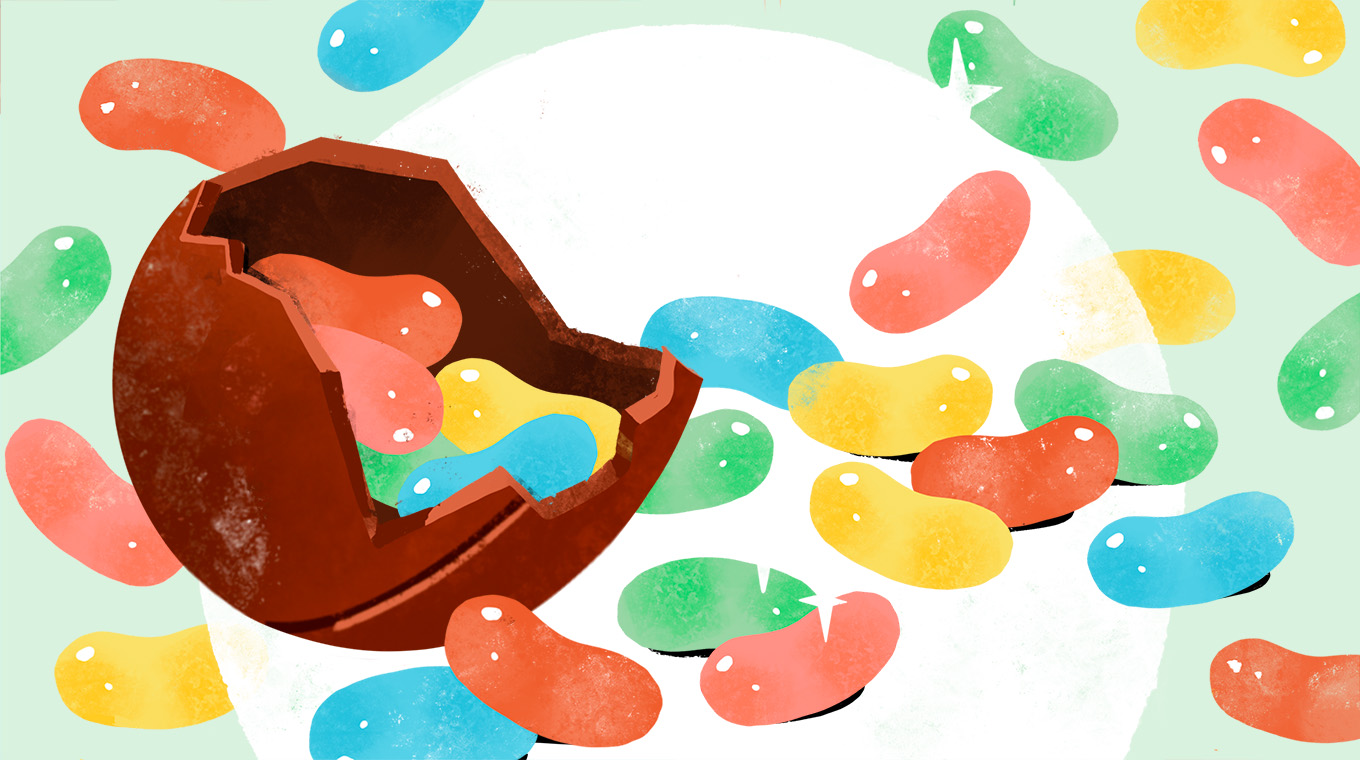
And about 90 million Easter bunnies are made for the holiday each year, making Easter second to Halloween for most candy sold. Wow!
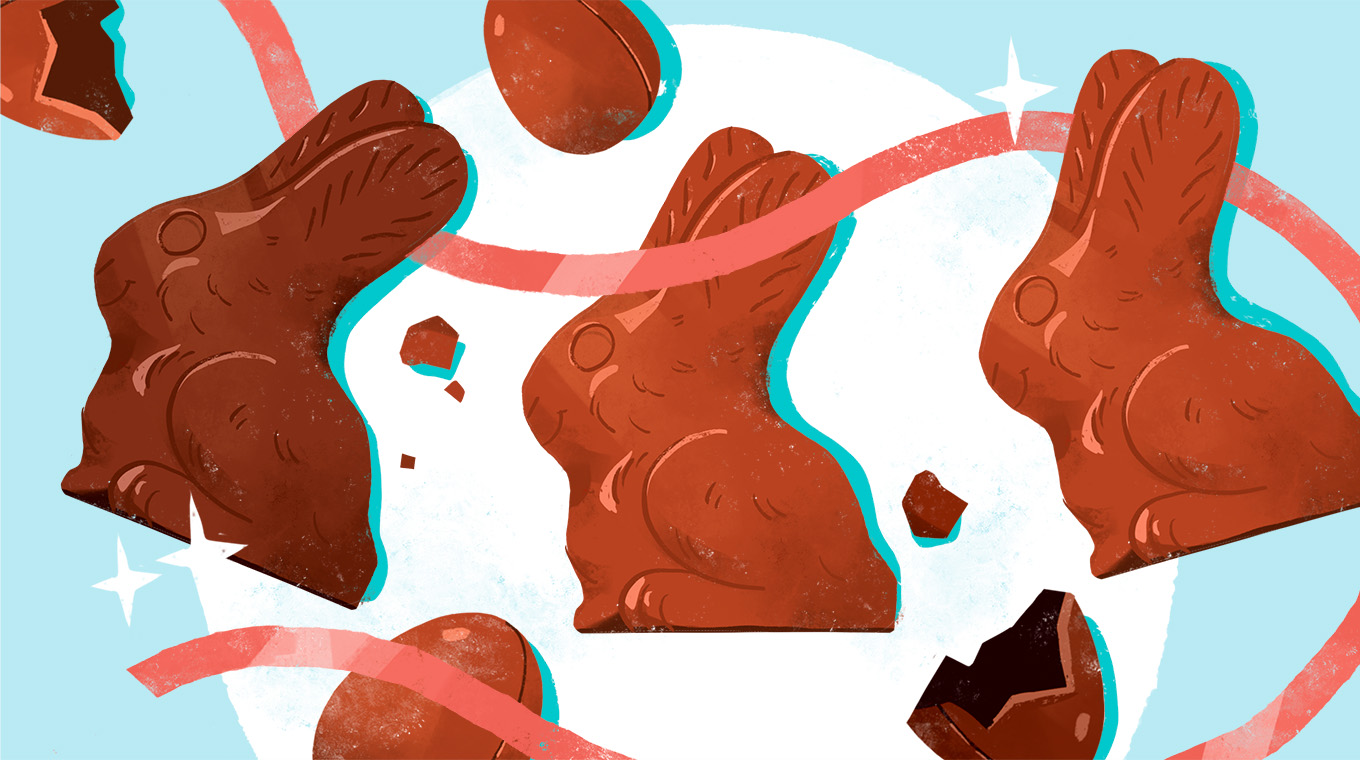
Please SHARE with all the Easter celebrators you know!




